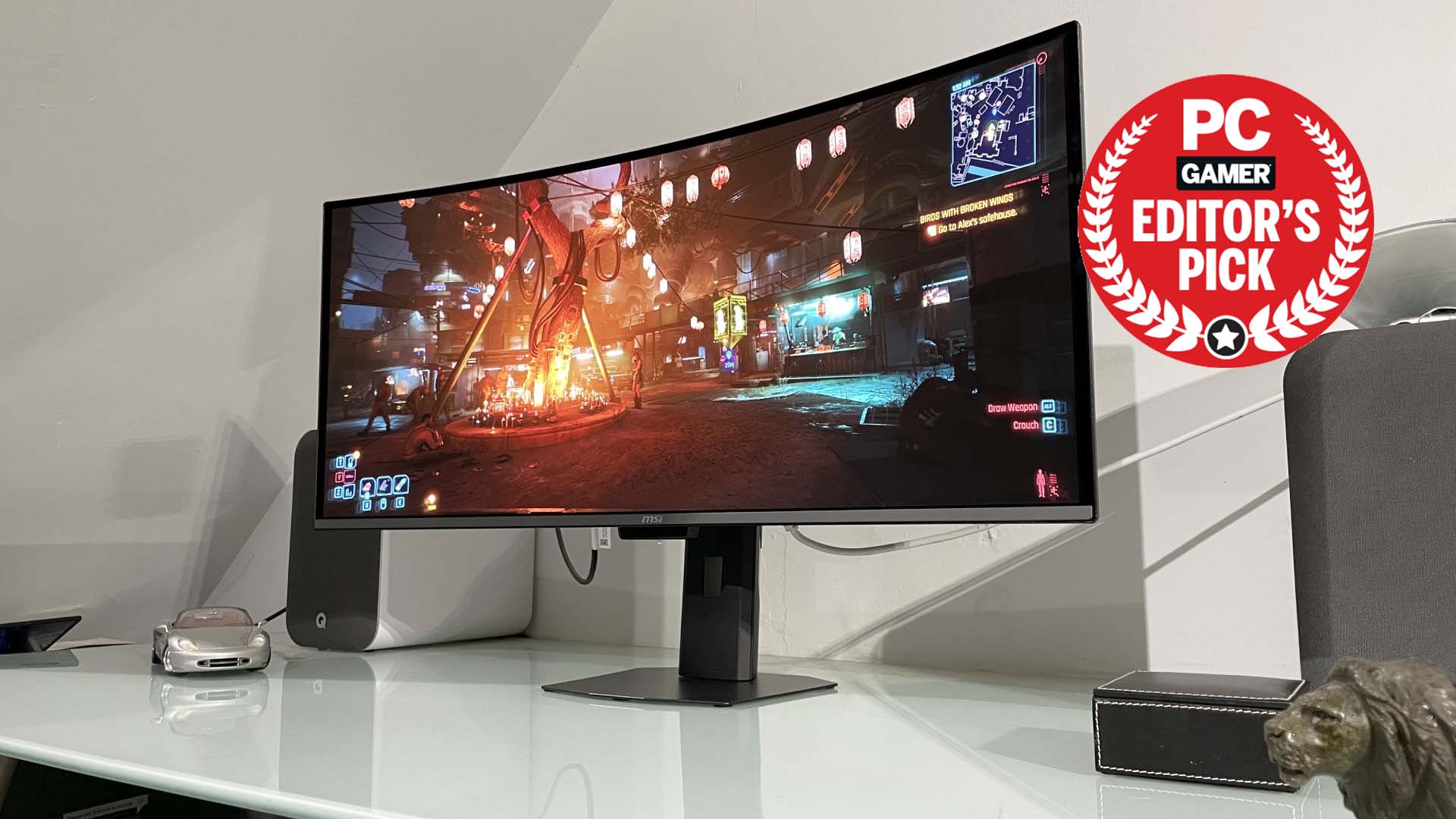The biggest comebacks in PC gaming

Making the most of a bad situation
When Shigeru Miyamoto said "delayed games are eventually good, but a rushed game is forever bad," he likely wasn't taking into account post-launch patches, which can make even the dirtiest lumps of coal shine like diamonds. At least, sometimes.
A frustrating number of games make awful first impressions, whether it's with shortsighted online-only requirements, flawed design, or just good old fashioned game-breaking bugs. But the silver lining to all those hours of frustration is that now and then developers do turn it around. In a perfect world every game would launch in pristine condition, but it's still nice when, against all odds, we see a stellar comeback. Here are a few of the most notable failures-turned-successes.
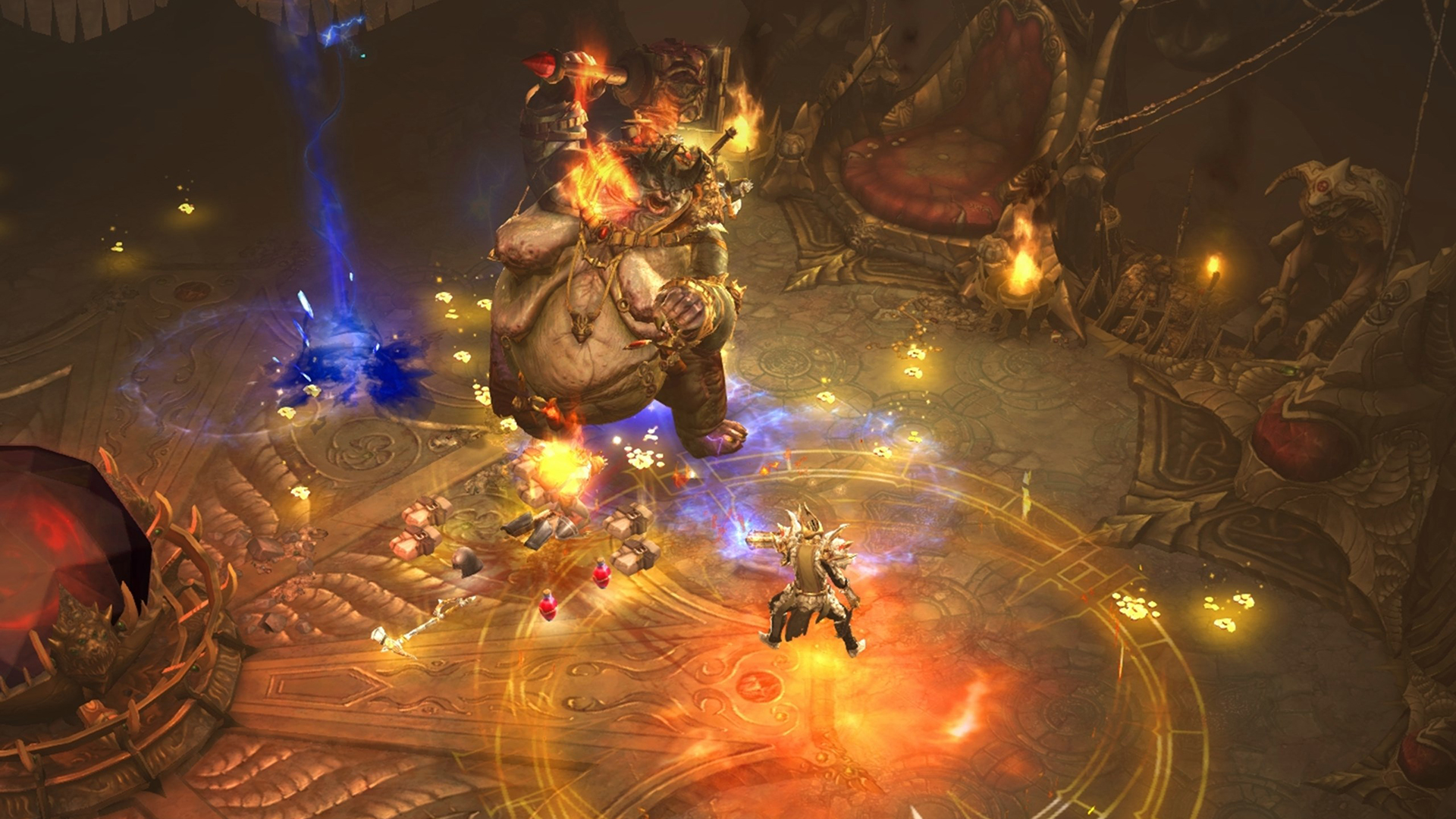
Diablo 3
Aside from contentious aesthetic differences and the week of madness that was error 37, Diablo 3's bigger problems didn't become apparent until you made your way to its higher difficulty levels, where it became an endless grind for loot that was rarely exciting and almost never useable. Thanks to a controversial real-money auction house, Diablo 3 became a game about scraping together enough money to buy the items you actually wanted rather than earning them in your conquests. And even if you managed to do just that, the higher difficulty levels weren't challenging as much as they were a never ending corridor of punishment to shoulder through for little reward.
Blizzard took a big beating by its fans, with former game director Jay Wilson even confessing his feelings that the auction house "really hurt the game." In the two years that followed, Blizzard scrapped the auction house system entirely and greatly improved how Diablo 3 played at later levels. The entire endgame was restructured around a new set of flexible difficulty levels that you could change at will and the loot and classes were both overhauled to create a journey that was rewarding every step of the way. With the launch of Reaper of Souls, Diablo 3 finally emerged as a game worthy of its predecessors.
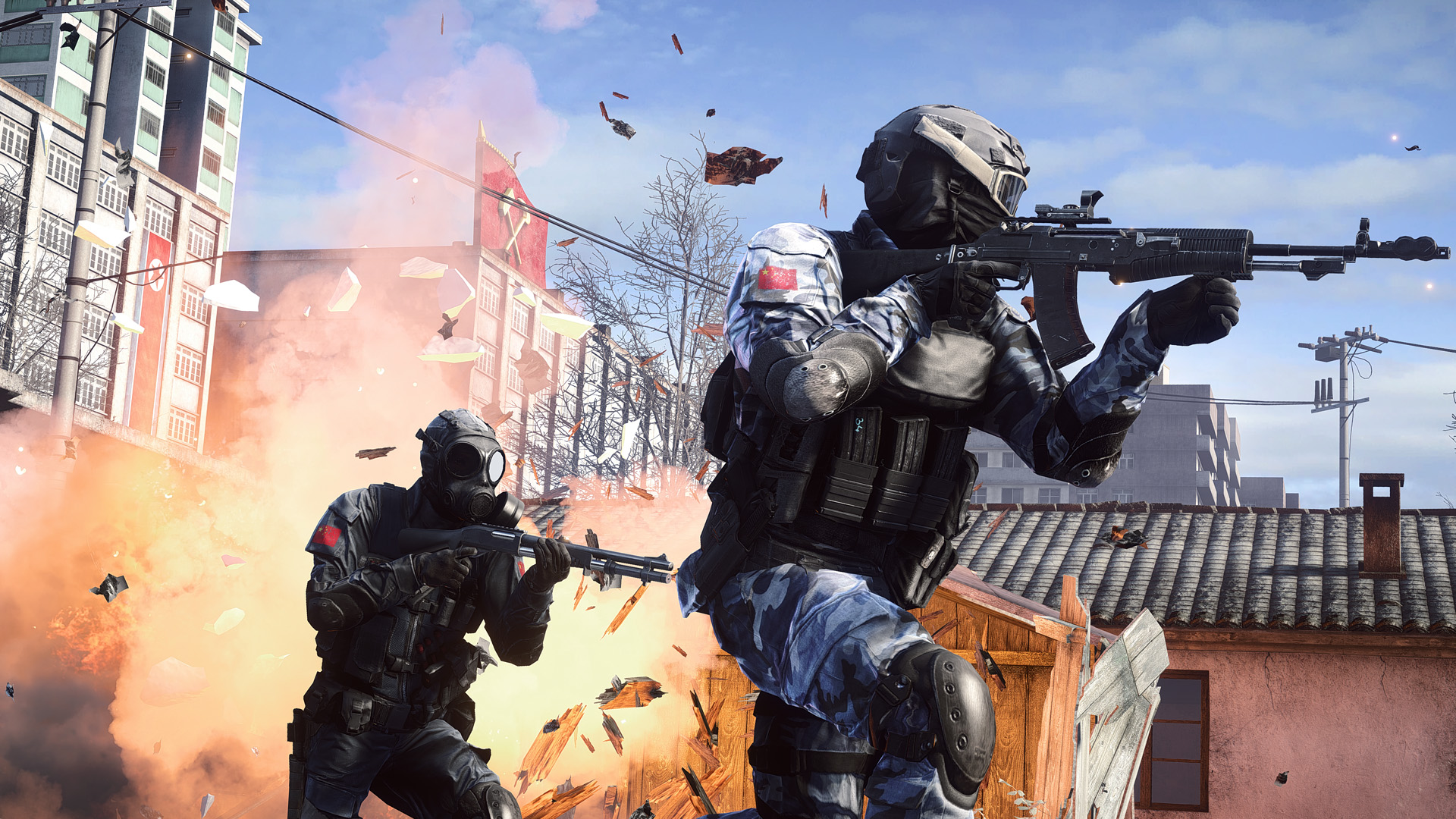
Battlefield 4
Battlefield 4's launch was a disaster. Server instability, bugs, frequent crashes, and erased progress were tall hurdles to jump in to enjoy the game. But its biggest flaw only became apparent once players had waded through everything else to discover that, for a competitive multiplayer shooter, Battlefield 4 had a big problem: The tickrate, the speed at which the server updated your and other players' positions, was annoyingly slow, leading to inexplicable deaths when you were positive you were behind cover but the server had failed to update your position quicker than your enemy's bullets.
The uproar caused by Battlefield 4's launch problems were enough to put EA and Dice on the backfoot, and the developer soon announced that it was suspending all development on other games until the major problems with Battlefield 4 were fixed. Though there's little excuse for launching a game in such a bad state, Dice's commitment to fix what was broken did work out. It created an experimental test branch that players could sign up to help provide feedback, and, in late 2014, started rolling out massive improvements to the tickrate problem.Today, Battlefield 4 is a much better game, and remains more popular than the newer Battlefield Hardline.
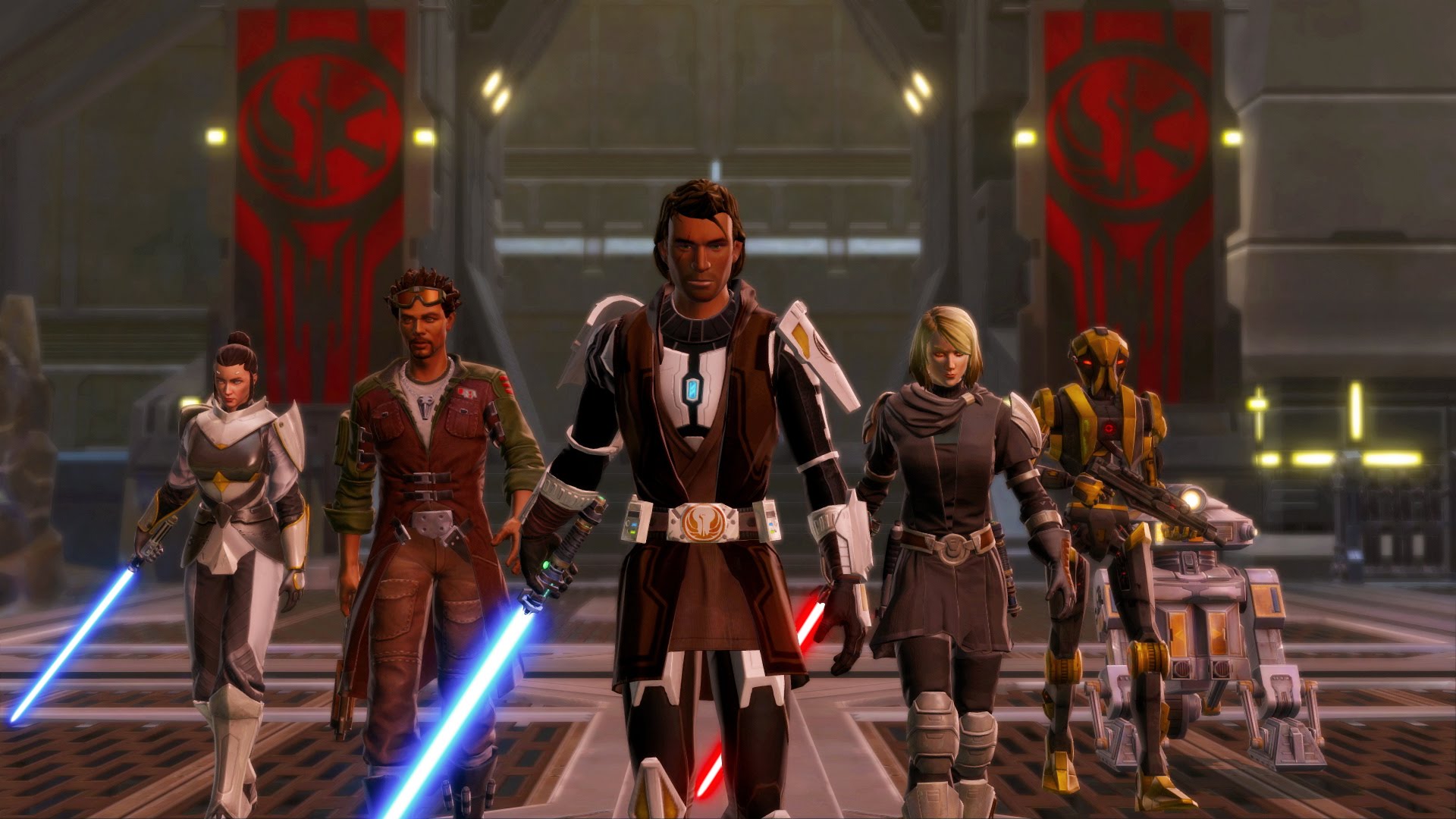
Star Wars: The Old Republic
The Old Republic's transition to free-to-play was seen by many as a desperate bid to save a dying game, one that had taken a staggering estimated $265 million dollars to develop and market. While many hoped that The Old Republic would be the next Knights of the Old Republic, instead it was an enjoyable story wrapped around what was roughly a World of Warcraft clone. Even though the first weeks were a massive success, with TOR attracting over a million subscribers, players started drifting away soon after.
The move to free-to-play did more than merely save The Old Republic from collapse, it also gave it a future. Around six months after the transition, The Old Republic had doubled its revenue, and Bioware was finally in a position to start rolling out top-shelf expansions and patches that transformed the game, making it more accessible while diminishing many of the aspects that made it feel like just a frail replica of better MMOs. With the latest expansion, Knights of the Fallen Empire, and the 4.0 patch, which eliminates the need to do boring sidequests, The Old Republic finally feels like it's stepping out of the shadow of World of Warcraft and becoming a great MMO in its own right.
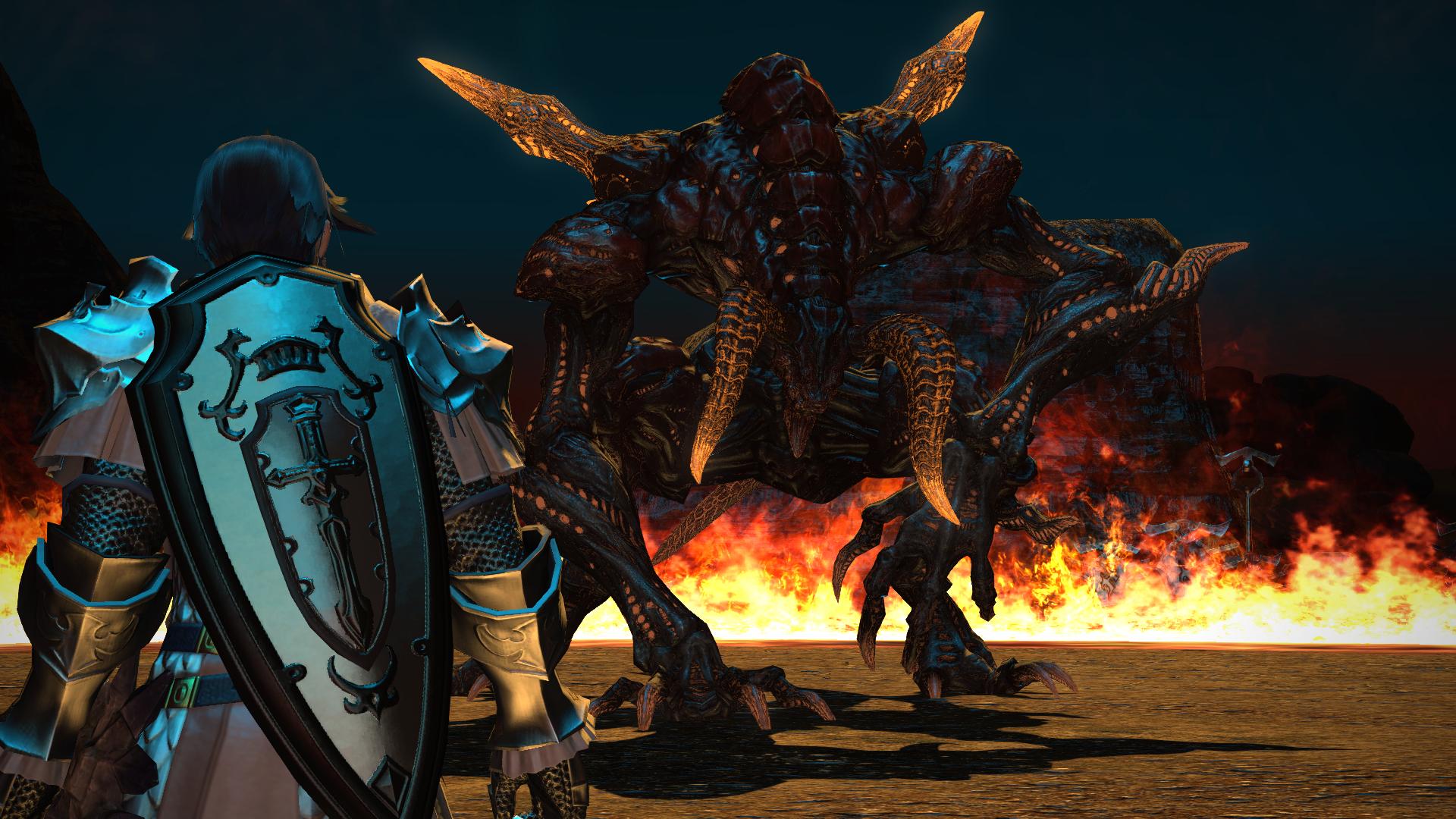
Final Fantasy XIV: A Realm Reborn
The biggest problem facing the first iteration of Final Fantasy XIV wasn't that it was poorly optimized, had an awful user interface, or an unexciting world to travel. It was that it seriously lacked vision, and that showed in every one of its half-hearted attempts to rekindle the passion that fans had for the aging Final Fantasy XI. It's almost unanimous negative reception wasn't just a black mark on the series, but Square Enix as a whole, and they were going to do something about it.
Enter Naoki Yoshida (affectionately called Yoshi P. by his fans), the Mr. Clean who would scrub away the stains left by Final Fantasy XIV. He took control of the project, but could do little to save FFXIV from its biggest failures. Instead, Yoshida convinced Square Enix to shut the game down entirely while his team rebuilt it from top to bottom. Nearly two years after Final Fantasy XIV shut its doors, A Realm Reborn arrived to mark the series' revival, and, miraculously, Yoshida's gambit had paid off: Final Fantasy: A Realm Reborn was a smashing success thanks to a revitalized story, exciting group content, and a remarkable dedication to pumping out new updates on an almost quarterly basis.
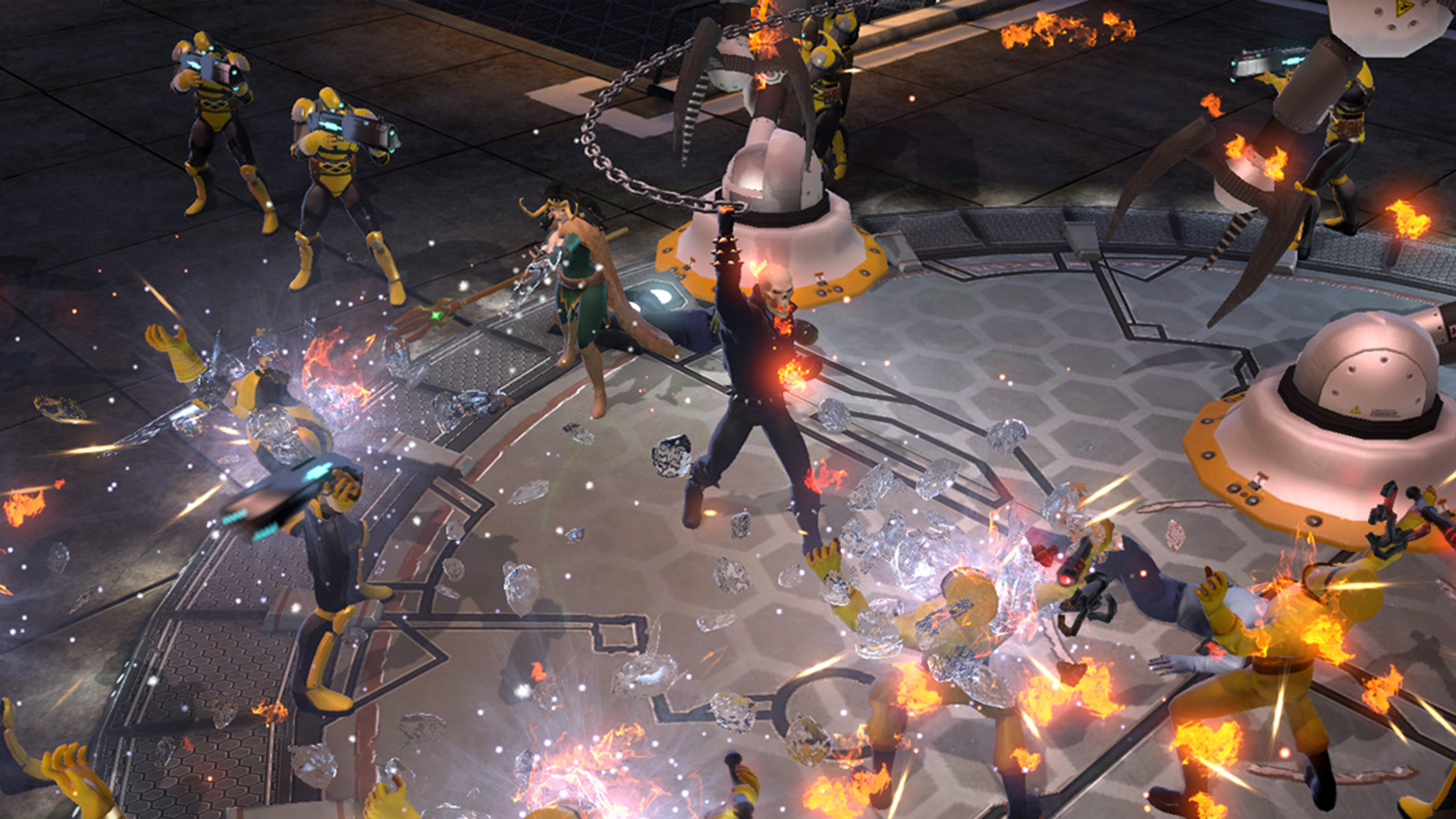
Marvel Heroes 2015
Marvel Heroes was not the mashup of Diablo and comic books that fans were hoping for. At best, it was a mediocre dungeon romp lacking much of the customization that made finding loot so rewarding to begin with. David Brevik, one of the original names behind Diablo, and his company, Gazillion Entertainment, just released it too soon. In an interview with Venturebeat, Brevik admitted, "We were so focused on getting to the finish line that we pushed [player feedback] to the side and said we'll deal with that later."
But after Marvel Heroes flopped, Brevik wasn't going to make that same mistake again. The company launched a huge initiative to make feedback and communication a central part of its focus and began a heroic effort to integrate that feedback and bring Marvel Heroes up to shape. Sweeping changes to just about every system in the game were made, including combat, item drops, and a significant drop in microtransaction prices. In June of 2014, Marvel Heroes 2015 relaunched as a new game, cleverly escaping the negative criticism from the first game. And to be fair, Marvel Heroes 2015 is a different—and much better—game.
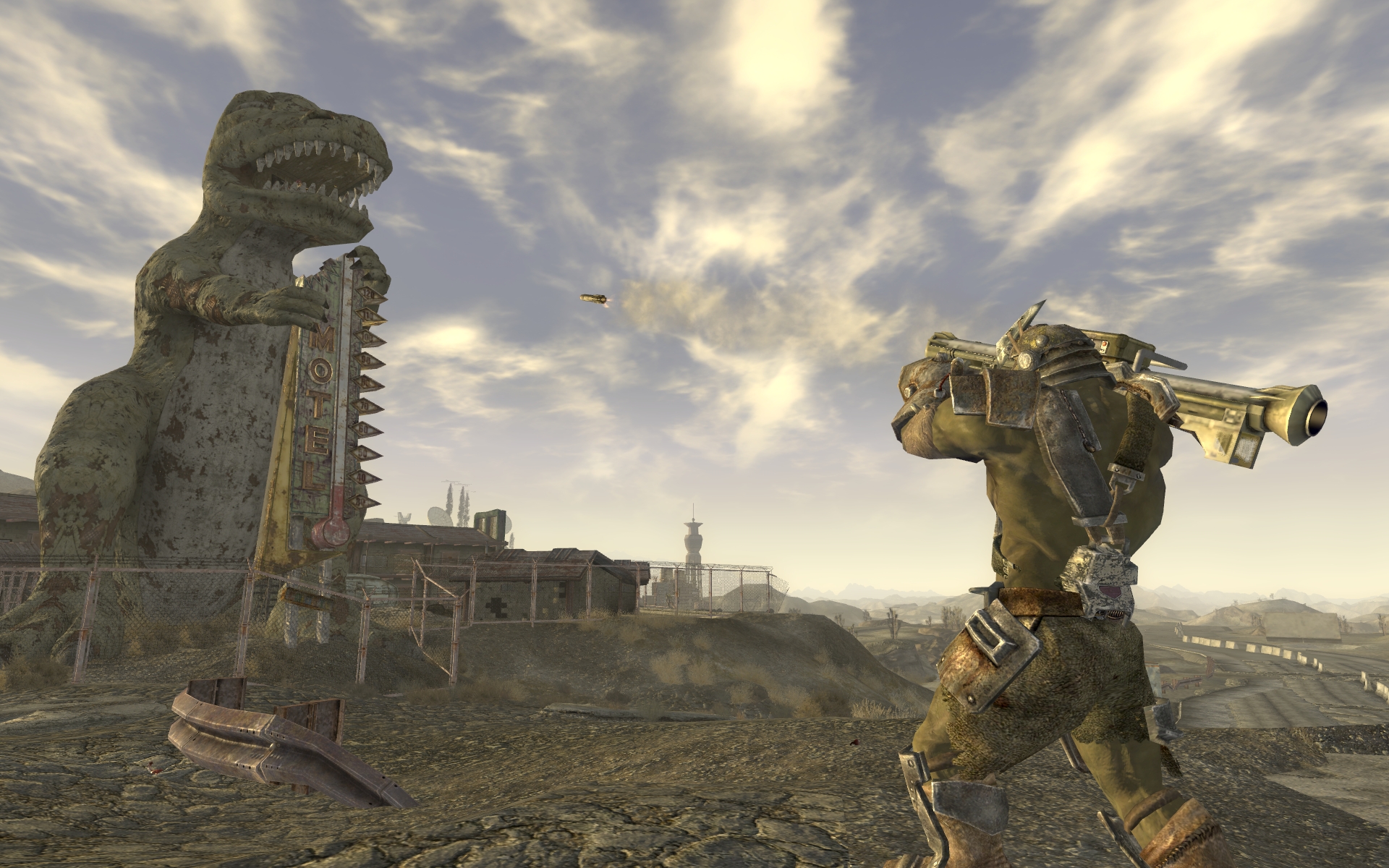
Fallout: New Vegas
Glitches and bugs are, sadly, par for the course for games made on Bethesda's aging Gamebryo engine, but New Vegas was a new low for the Fallout series. When Obsidian Entertainment was approached to handle the follow-up to Fallout 3, there was every reason to be excited. And even though New Vegas revived much of the oddball charm of the original, enjoying that charm meant wading through a sea of bugs, corrupted save games, crashes, and disastrously dumb AI.
In the weeks that followed, fans rightfully panned Obsidian and Bethesda for releasing such a mess, and Bethesda stepped in to say that fixing it was its top priority. Within a week, a major patch was released that addressed over 200 problems, and the months that followed saw frequent updates fixing further issues. In an interview with Eurogamer, project director Rich Taylor admitted that much of New Vegas's troubles stemmed from the fact that Obsidian was forced to contend with Bethesda's engine without much on-site help from the publisher, leaving it to wrestle with the unruly Gamebyro engine alone. Those scars have faded, though, and New Vegas today is very unlike the one that launched.
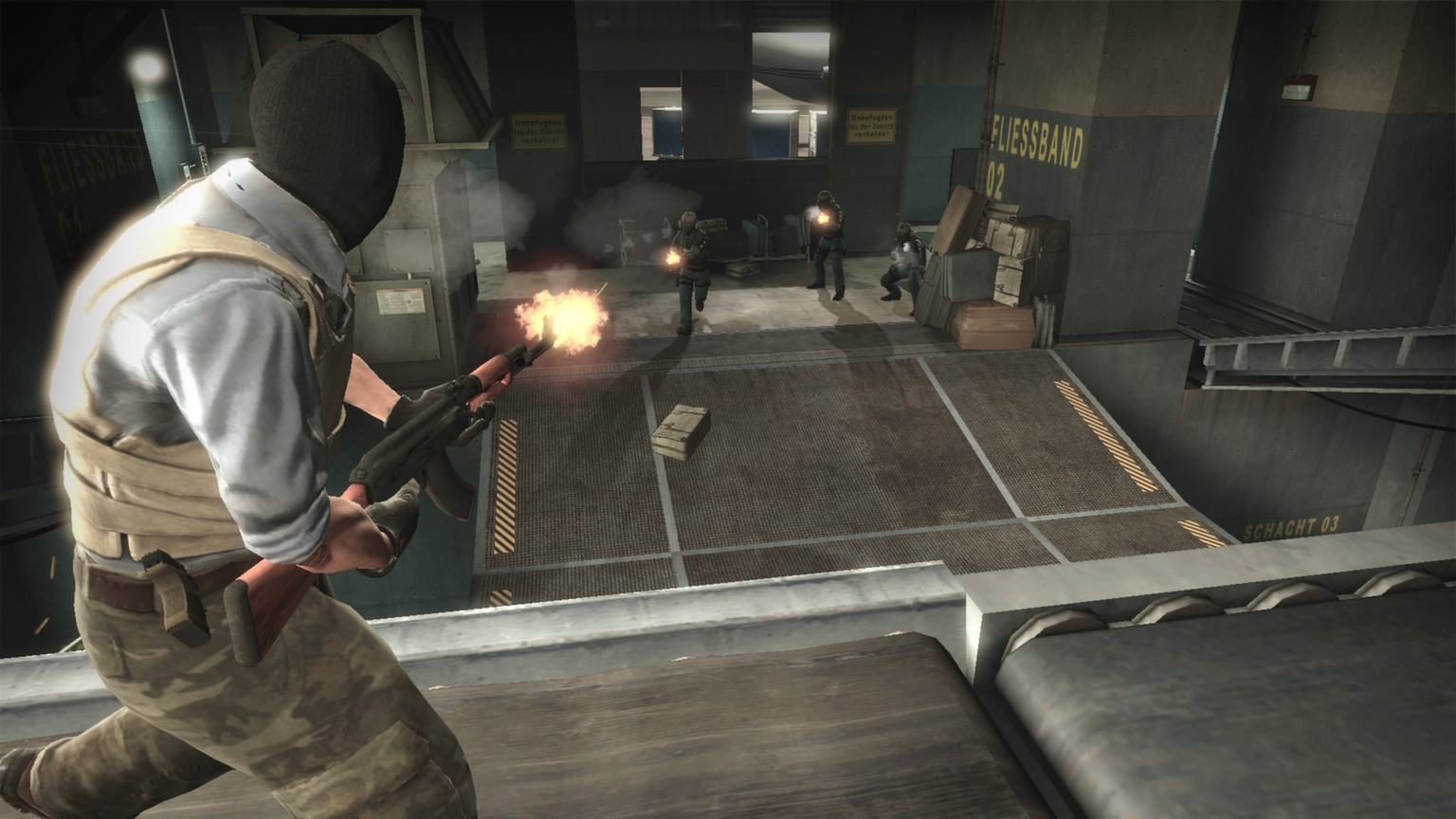
Counter-Strike: Global Offensive
Looking at it now, you might never have known that there was a time when Counter-Strike was dangerously close to failing as an esport. Leagues were folding, players were leaving for more exciting alternatives, and the reception of CS:GO by the competitive community was, at best, lukewarm, with many choosing to stick with Counter-Strike: Source instead. Even worse, Valve seemed to have little interest in giving Counter-Strike the attention it deserved, and updates and balance tweaks were slow to arrive. Eclipsed by the popularity of Dota 2 and League of Legends, Counter-Strike's days as a competitive sport seemed numbered.
Deciphering just how CS:GO made a comeback isn't easy, but in an interview with PCGamesN, Scott "Sirscoots" Smith shares that he believes it all had to do with Valve's sudden change of heart toward the game, noting how updates and major additions made all the difference. "The game that came out a couple years ago is not the game we’re playing now, and that’s amazingly cool.” Since launching in 2012, CS:GO has received a ton of attention from Valve, fleshing out the community and competitive aspects while also adding an in-game economy of tradeable items that includes high-priced knives. In a span of years, CS:GO quickly went from being a short-sighted sequel to the second most played game on Steam, cementing its resurgence and capabilities as a major esport.
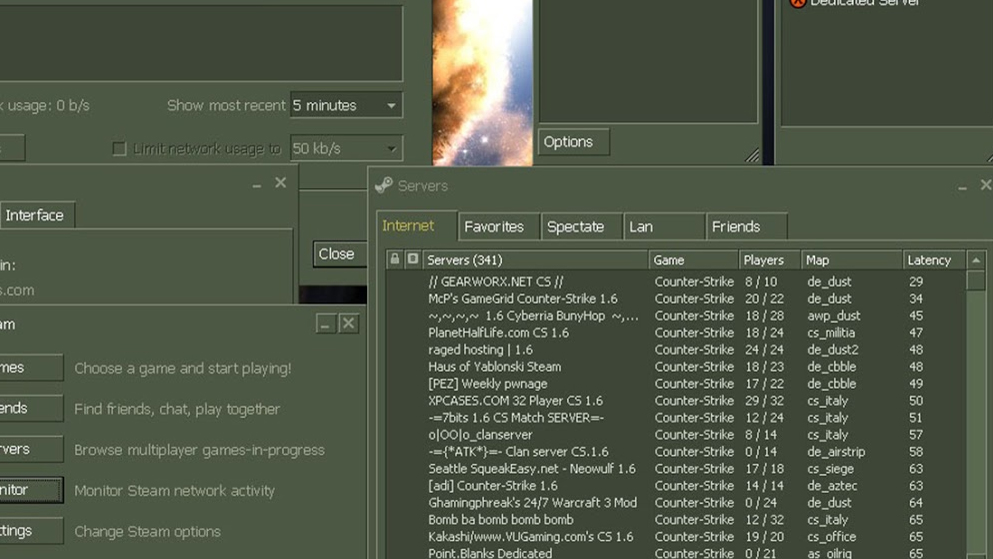
Steam
Steam was originally designed to be a platform to make updating and modding Valve's games easier. Instead of having to hunt down patches, Steam would handle that all for you. But Steam's buggy client and unreliable servers were turning more than a few PC gamers into skeptics. And when Valve announced that all future games, like Half-Life 2, would be available exclusively through Steam as a form of DRM, people were downright angry. They had good reason to be. Thanks to Steam's weak servers, Half-Life 2's arrival was a disaster. And at the time, buying physical games from a store was still the standard, and downloading games on pitifully slow internet connections was a pain. It seemed like Steam was destined to fail.
Instead, it ended up setting the bar for the entire industry. Valve began negotiating deals to publish games through Steam sometime in 2004, and since then its library has been growing at an alarming rate. In the first half of 2015 alone, Steam added 1592 games, and that's not counting all the software, videos, and mods that are available too. The Steam of today is also fairly reliable and bug-free. Digital distribution is on the way to totally usurping physical retail, and, aside from a few exceptions, Steam is the place to do it on PC. It has become as ubiquitous to PC gaming as Microsoft Windows.
With over 7 years of experience with in-depth feature reporting, Steven's mission is to chronicle the fascinating ways that games intersect our lives. Whether it's colossal in-game wars in an MMO, or long-haul truckers who turn to games to protect them from the loneliness of the open road, Steven tries to unearth PC gaming's greatest untold stories. His love of PC gaming started extremely early. Without money to spend, he spent an entire day watching the progress bar on a 25mb download of the Heroes of Might and Magic 2 demo that he then played for at least a hundred hours. It was a good demo.


